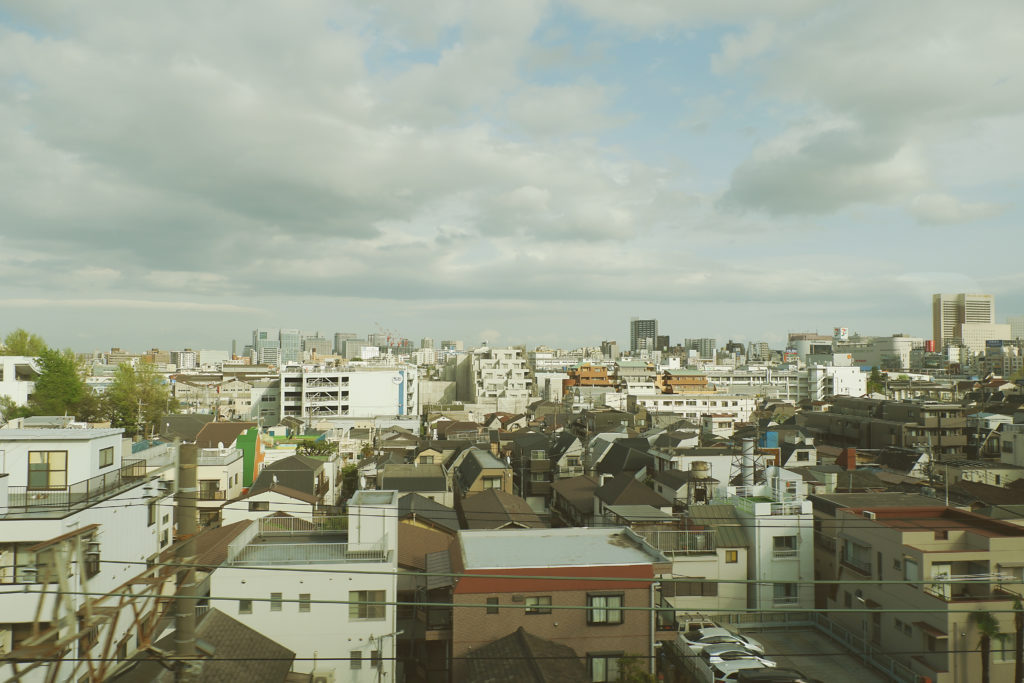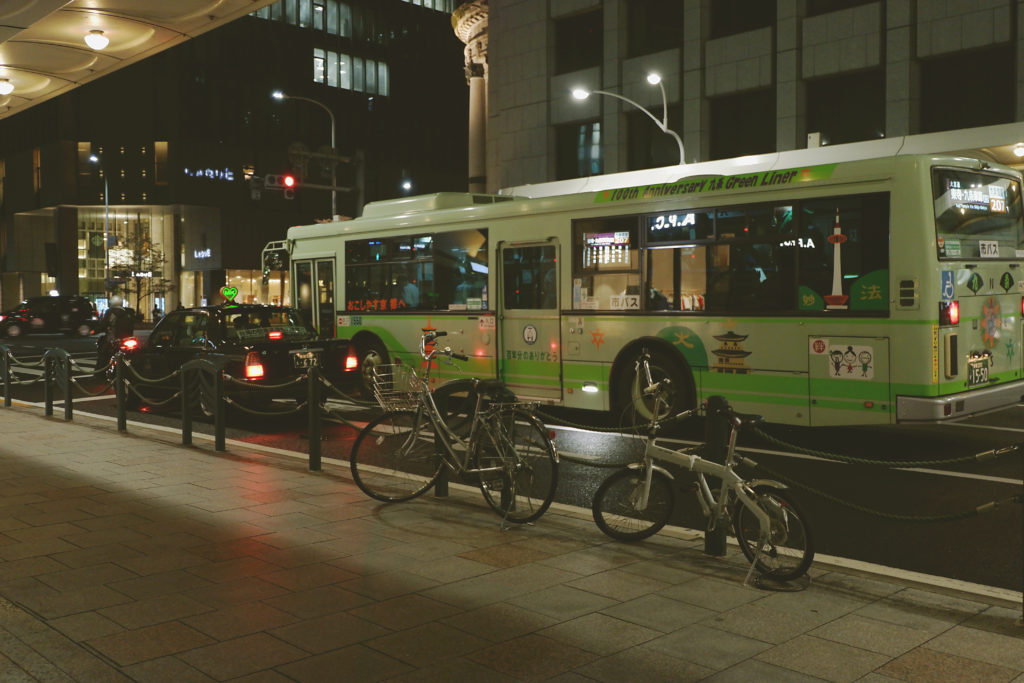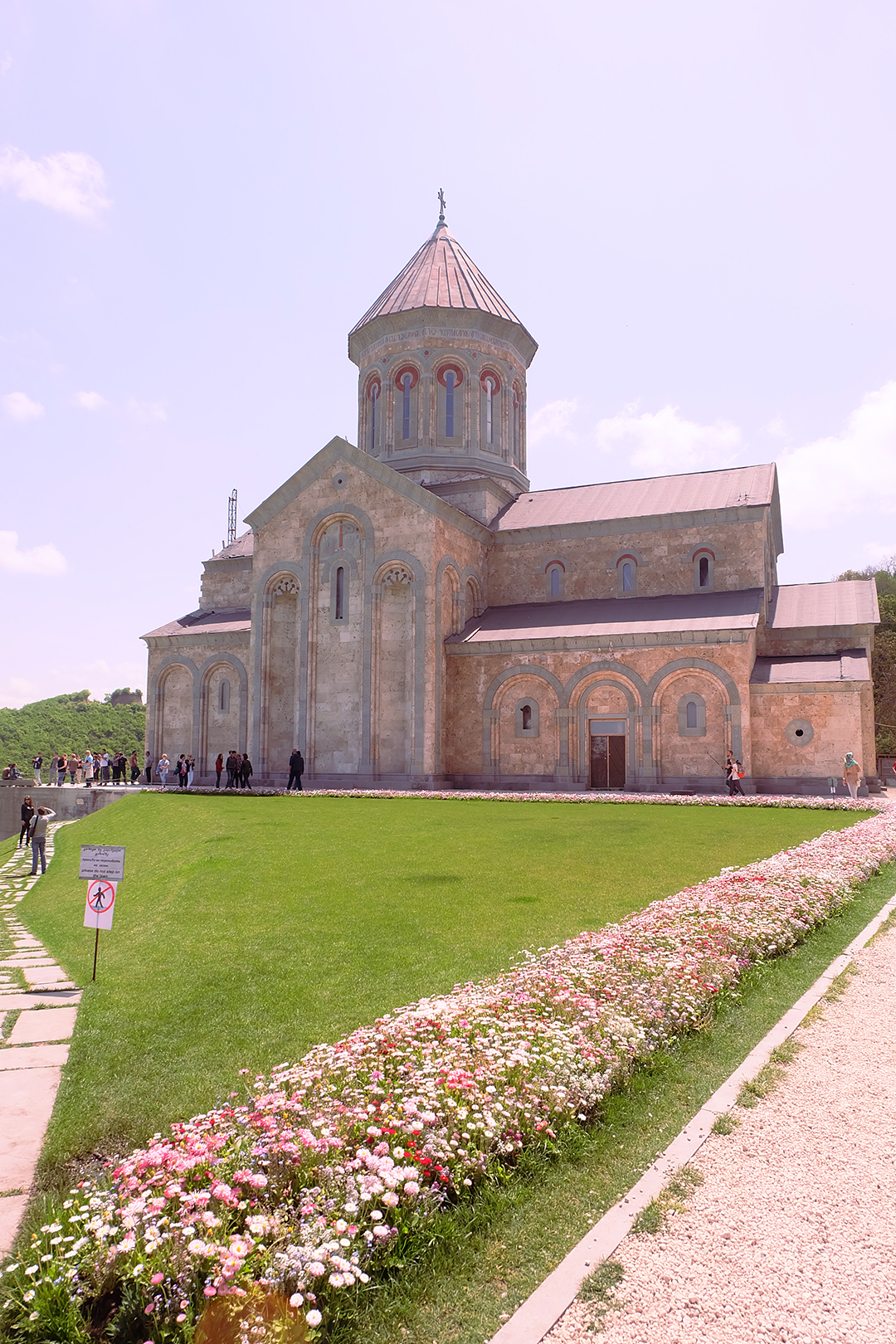I’m thrilled to share the first blog entry of my trip to Japan! I recently made a brave move exploring a different country on my own and I have no regrets!
I booked my flights several months in advance assuming the time to catch Sakura season. The dates I choose were a bit late as there were barely blooming trees around Kyoto when I came. Luckily, I was able to see the last sight of Spring somewhere in Nara (but more of that later).
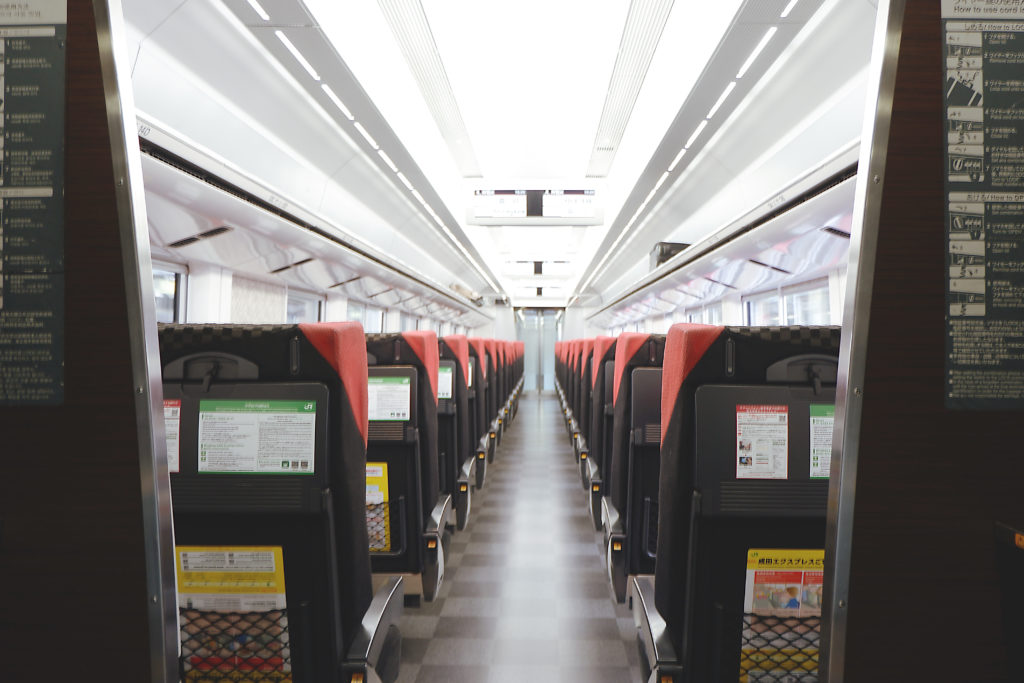
My flight was booked to land in Narita International Airport instead of Osaka International Airport nearest to Kyoto). I had to take a long commute from the airport taking Narita Express (NEX) to Shinagawa station, then take the Shinkansen (bullet train) from Shinagawa to Kyoto.
I reserved a train seat prior flying to Japan. They sent the tickets a week prior my trip which I find convenient instead of going through the queue.

Riding the Shinkansen lets you see sights of the city transcending to the laid back country life. The whole trip from Narita to Kyoto Station took about 4 hours.
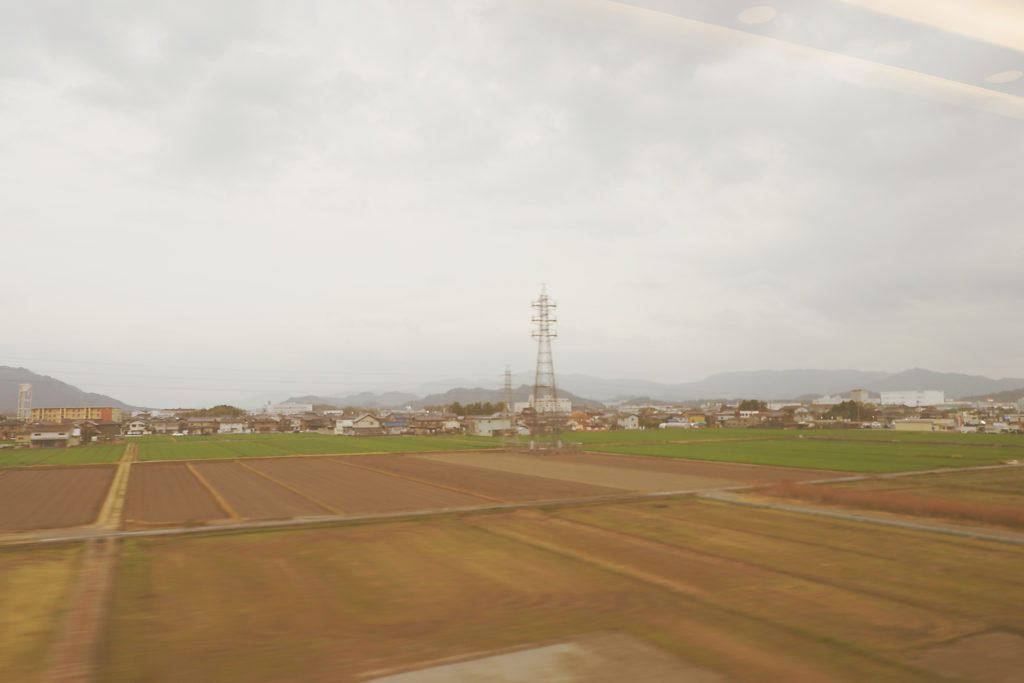
I pre-booked my hotel in Shijo Karasuma area. The area is accessible to attractions but If I were to come again I would probably stay near Kyoto station.
Famished after the long commute, my first agenda was to go for a lovely dinner. It was freezing outside but I was willing to venture out in search for sushi. Good thing I found a nice sushi place in Nakagyo-ku and it was the best first meal in Japan.
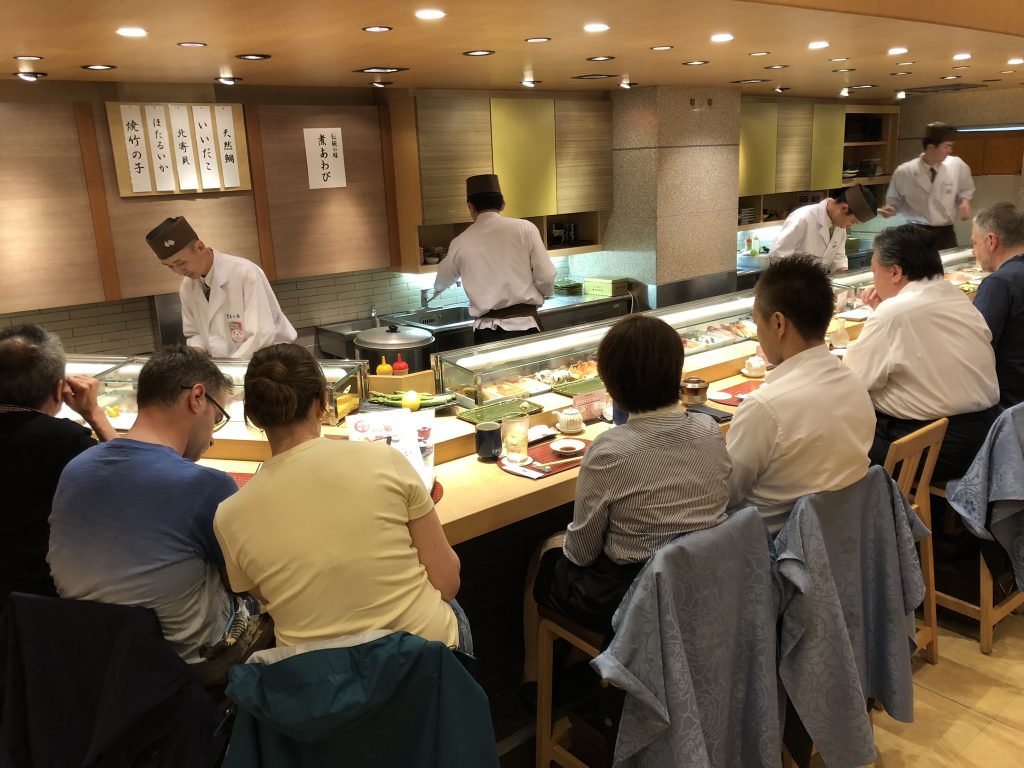
@earlehatsumy
I’ve always known how Japanese people love food; but there is no better way of witnessing this than to be in Japan itself.
I’ve always known how Japanese people love food; but there is no better way of witnessing this than to be in Japan itself. From preparation to serving, everything seems to be done with precision found nowhere else in the world. I may sound biased or others might take it as overrated, but if you like observing cultures and you travelled to Japan you will know the difference.
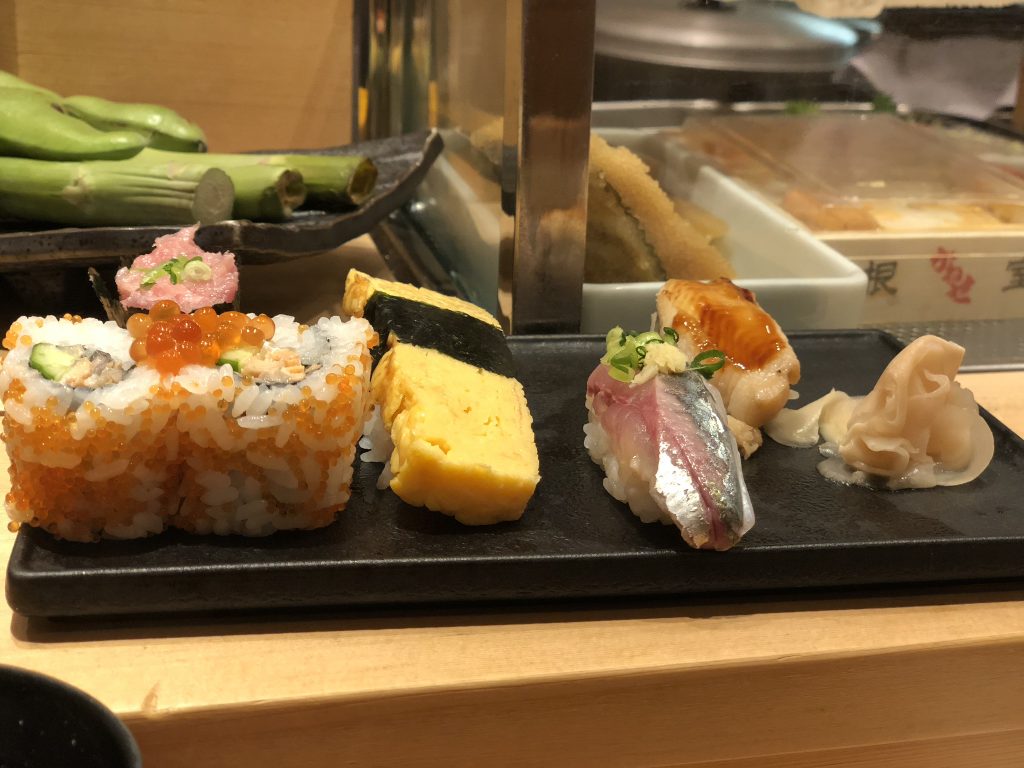

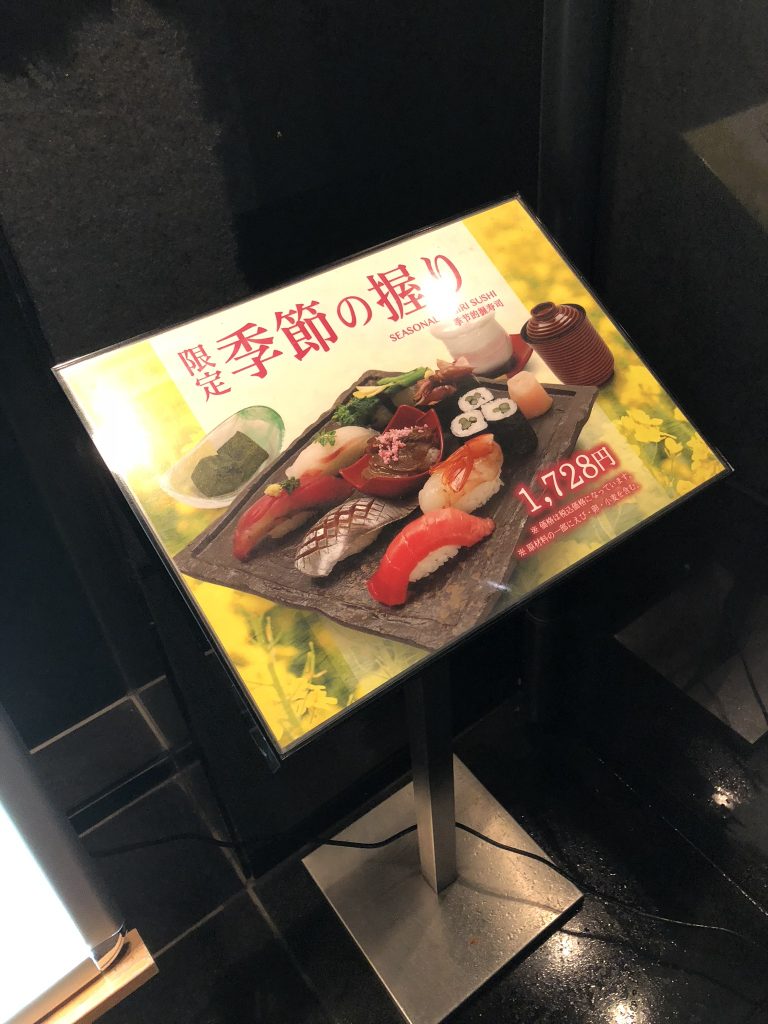
After my sumptuous dinner, I headed back to my hotel and got a pleasant sleep to recharge for next few days’ exploration.
Nijo-jo Castle
First stop – the Nijo-jo Castle, a World Heritage Site completed in 1603 and served as a residence of the Shogun (Japanese term for military leader who governed Japan).
The castle highlights the many wall paintings in each of its room depicting power of the shogun ruler. Most paintings include tiger which symbolizes bravery and no defeat.
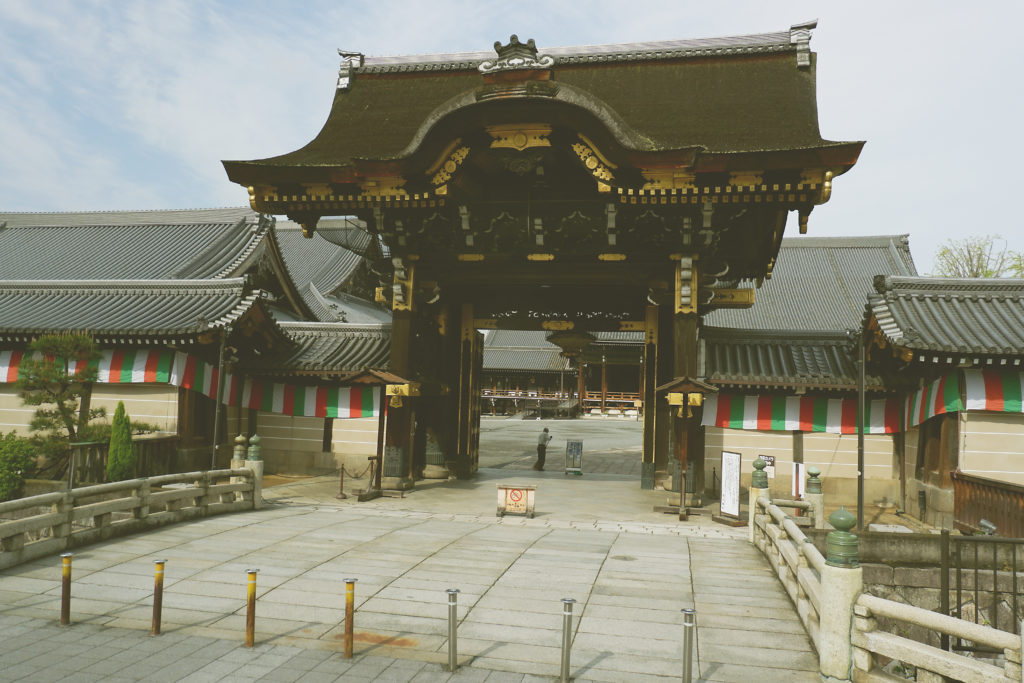
Though taking photographs inside the castle is prohibited, I find it amusing walking through the ‘Nightingale corridor’ and it’s definitely a must-try! The floorboards are brilliantly made to sound like a nightingale song when people walk on it. It is said that it is intended to announce the presence of intruders during the ancient times.
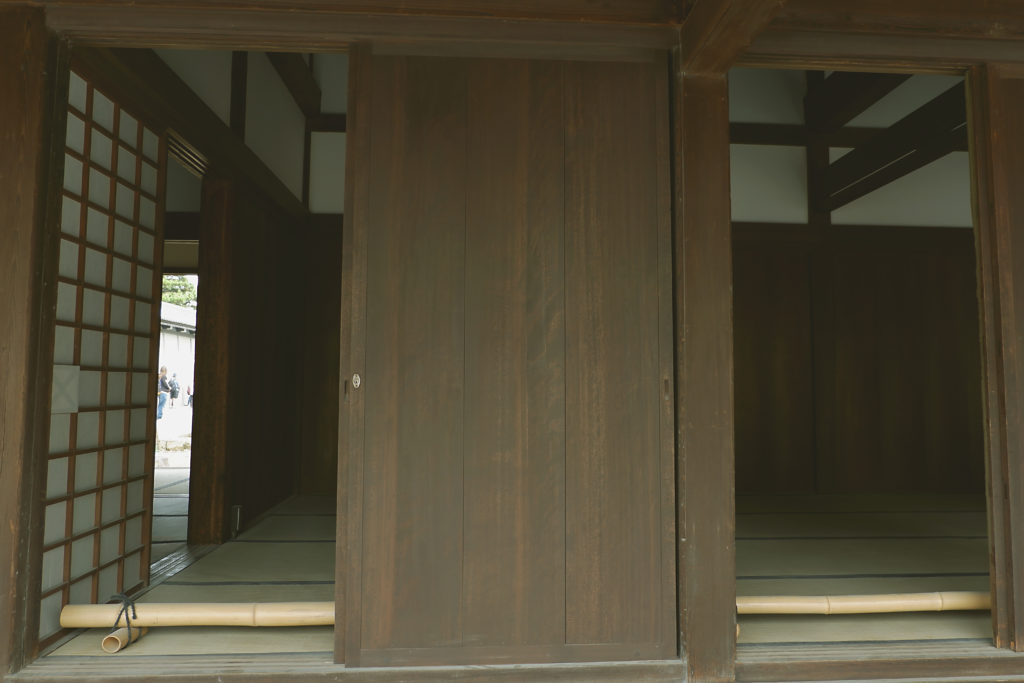
Kinkaku-ji Temple
One of the most iconic attractions in Kyoto is the Golden Pavillion of Kinkaku-ji temple. This iconic sight dazzles visitors with its gold colour that shimmer over the pond that reflects it.
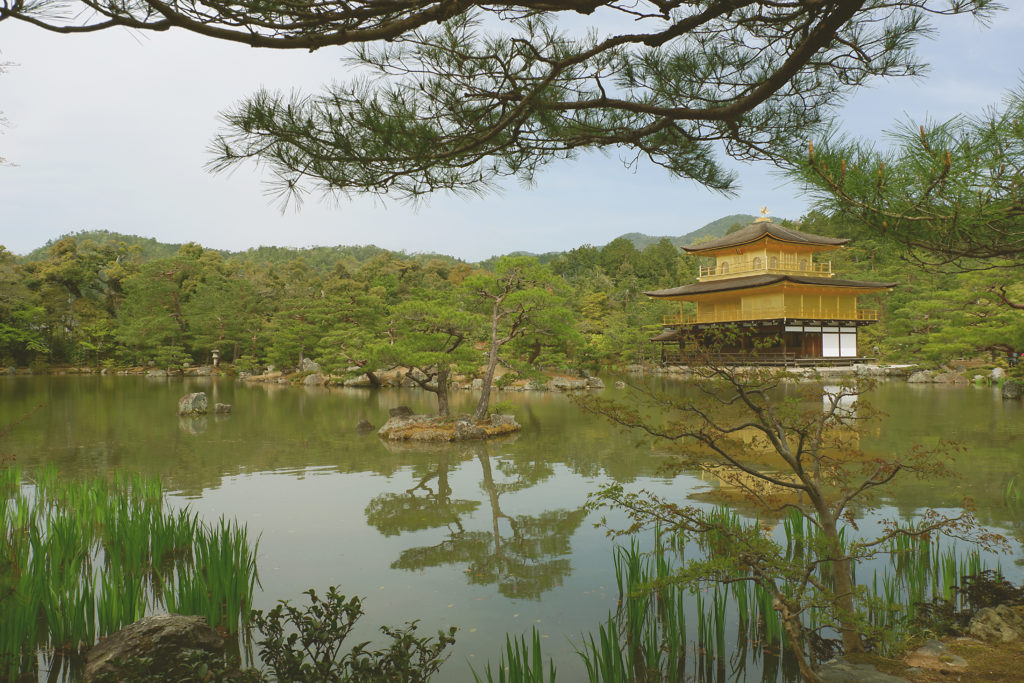
The Pavillion is beautiful in every angle and gives out a unique scenery every season.
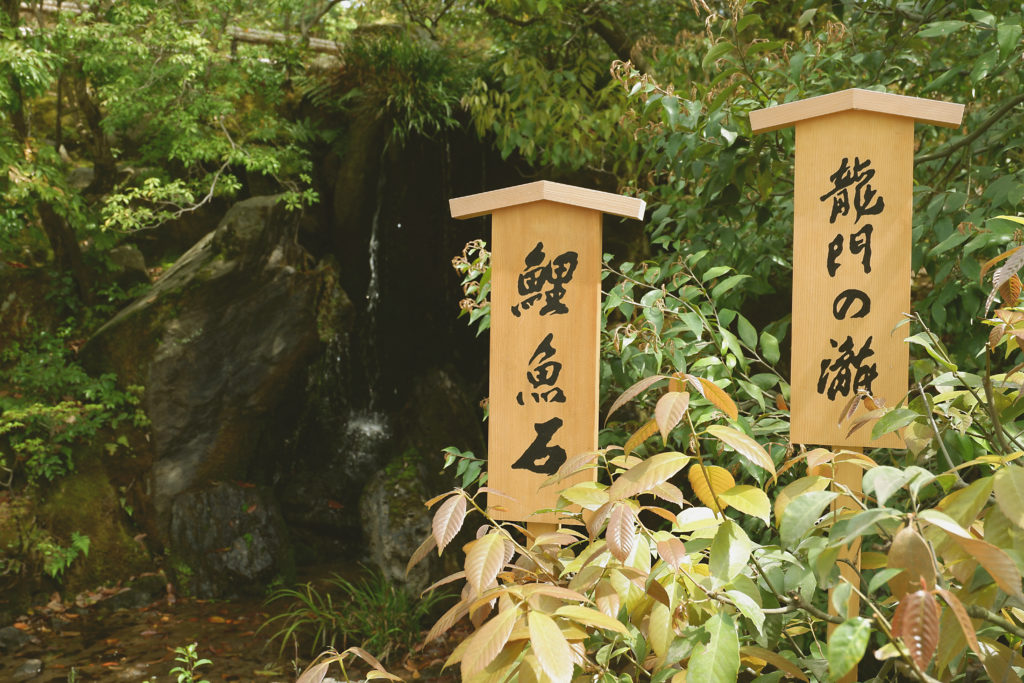
The magnificent strolling garden around the temple also offer a scenic place to relax and admire nature. Although I would recommend doing this early in the morning as the spot gets crowded during midday.

TRAVEL TIP: If you have more time, I would recommend booking a tea session at Koto Tea Ceremony. The place is a few steps from the outdoor entrance of Kinkaku-ji temple.
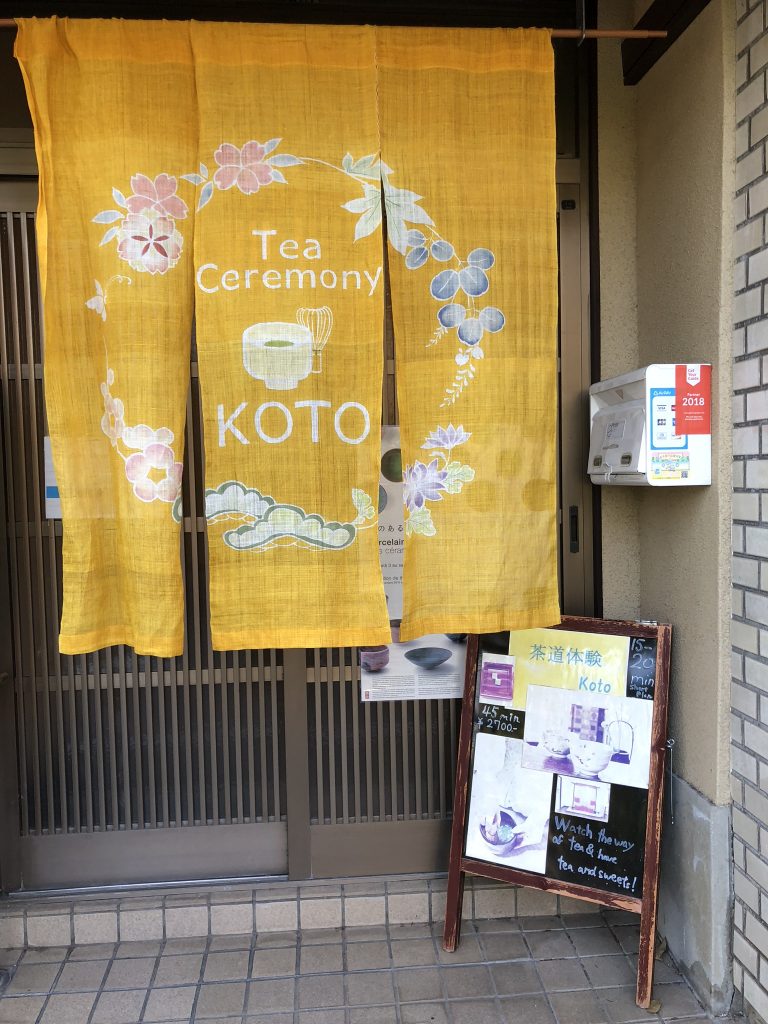
Kyoto Imperial Palace
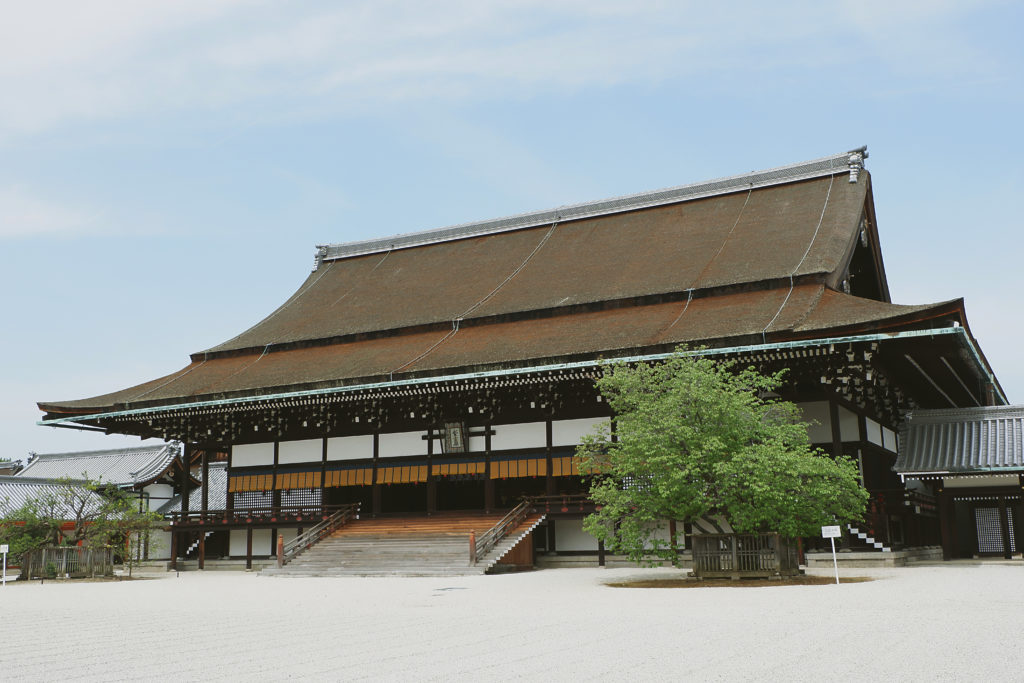
The Kyoto Imperial Palace or Kyoto Gosho was the residence of the Japanese emperors until 1869, when the capital was moved to Tokyo during the Meiji restoration.

If ancient history is your thing, this is one of the most recommended places to visit. The palace is so spacious and the structure and surroundings are perfect for photos if you wish to take snaps wearing a kimono.


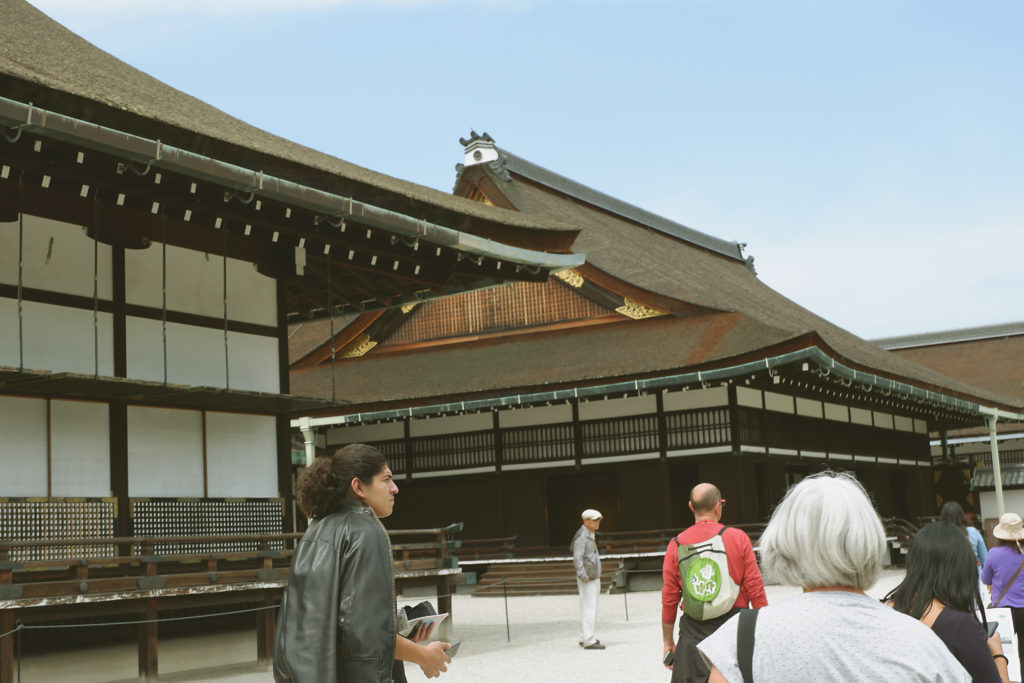
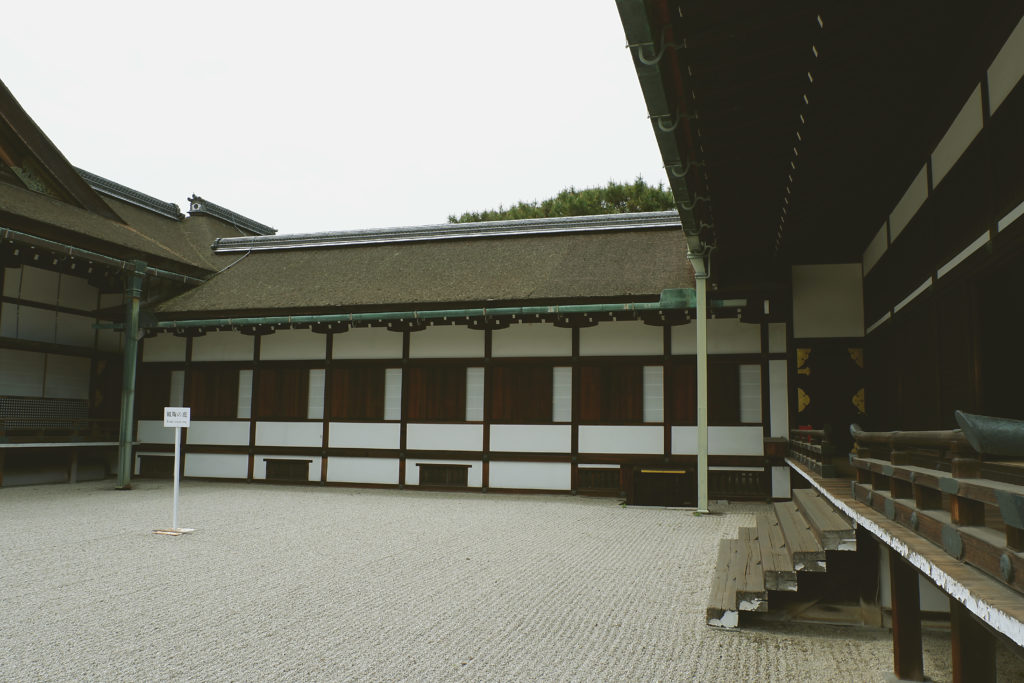
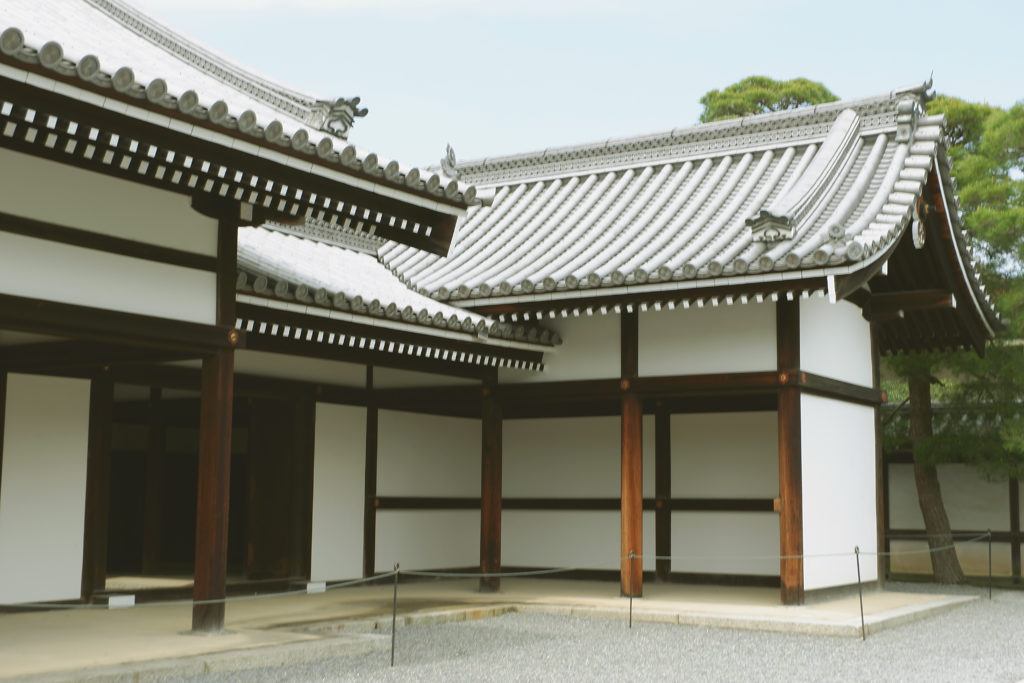

Similar to Kinkaku-ji temple, the palace also has a nice strolling garden with a lake which makes a good spot for photo op.
Fushimi Inari Temple

The magical and seemingly unending path of the vermilion tori gates at Fushimi Inari is another place that shouldn’t be missed. It is one of the most iconic and most visited places in Kyoto.
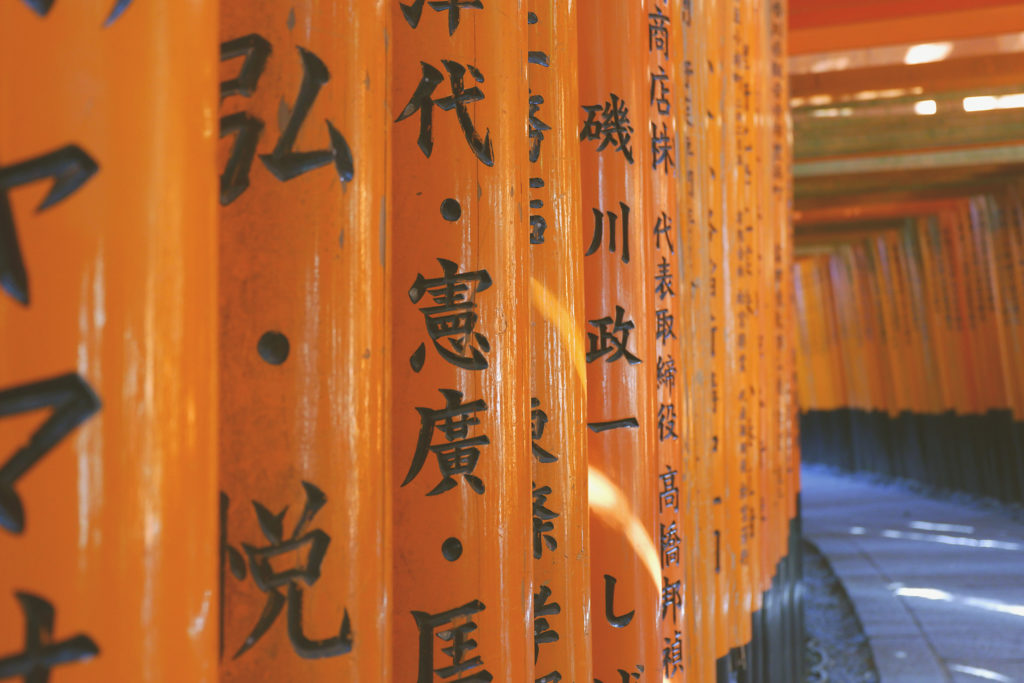
The ground is said to have more than 10,000 tori gates. The number of gates change every time a person or organisation donates an installation of a new tori.

TRAVEL TIP: Best to come early in the morning to avoid the crowd. The tori gates and shrine are naturally beautiful but you’ll get to appreciate it more with the calmness of the morning and lesser crowd. Plus, you get better solo pictures too.
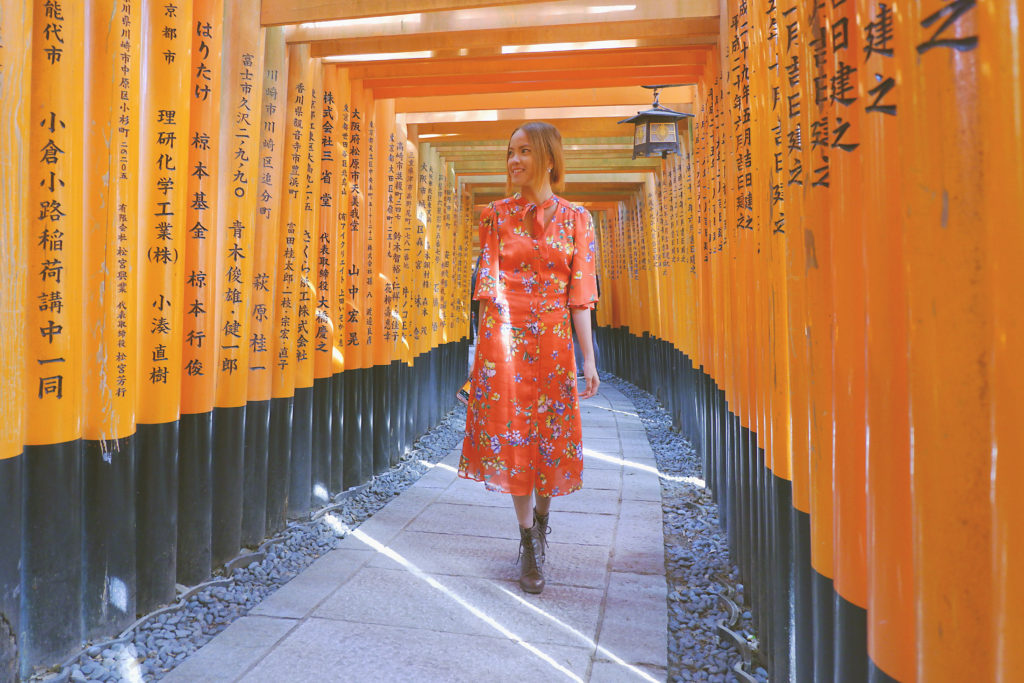
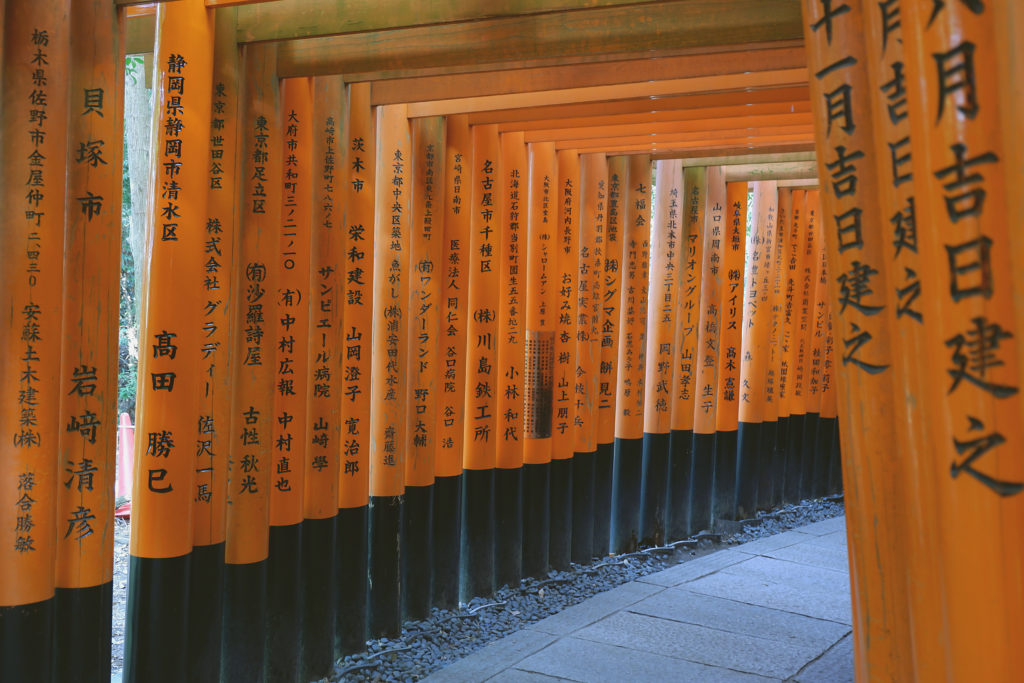
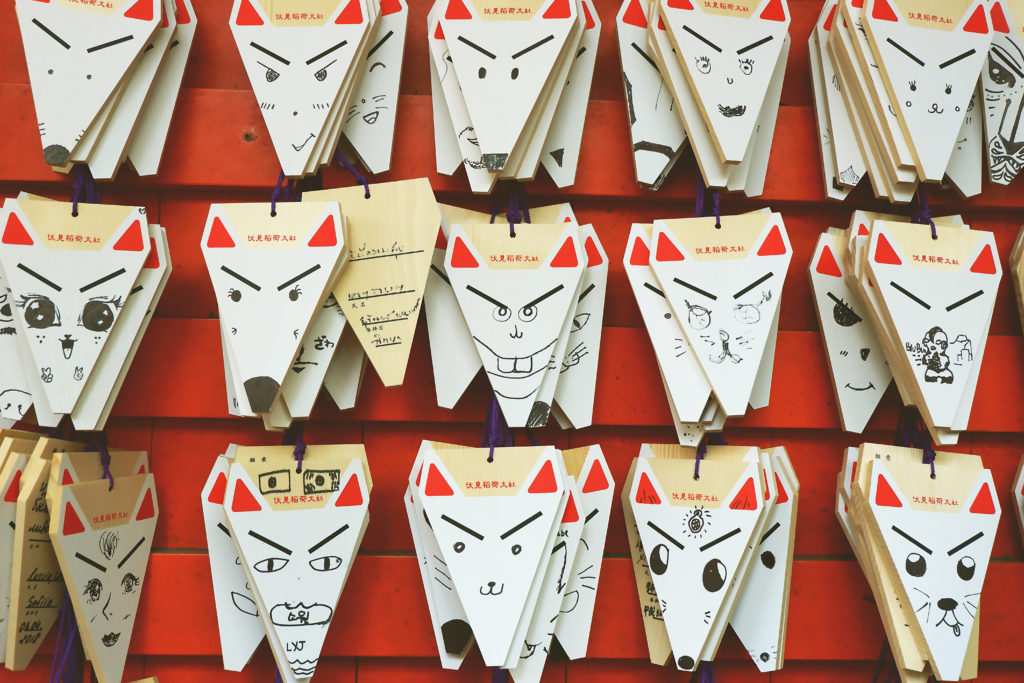
One amusing trivia about this place is that foxes are thought to be Inari’s messengers, resulting in many fox statues across the shrine grounds.
Gion
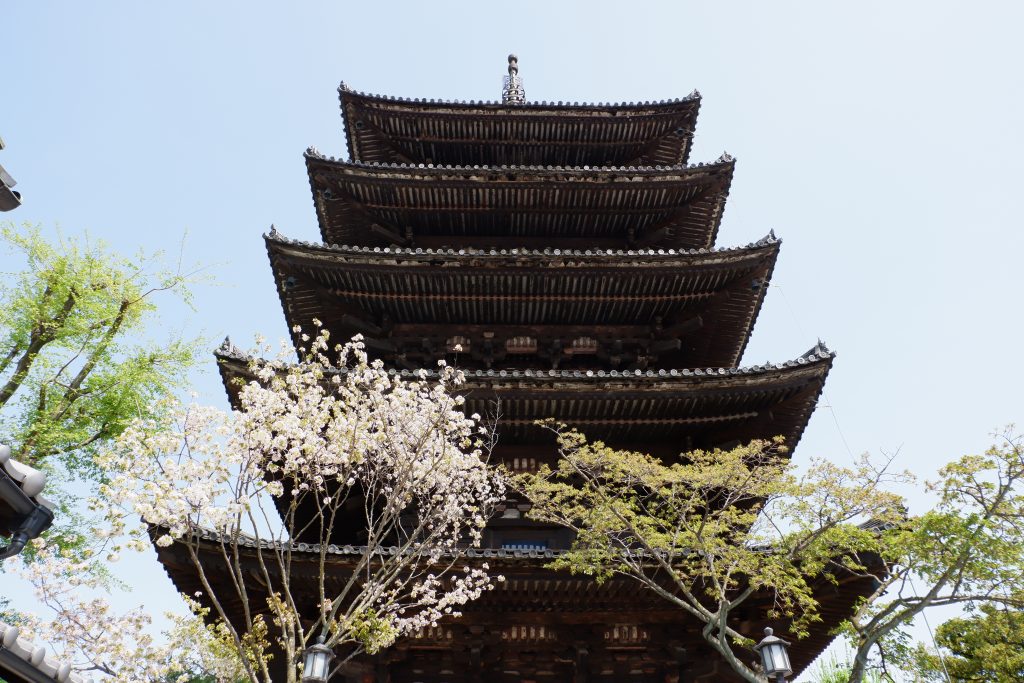
Gion is a good place to explore ancient charm of Kyoto and one of my personal favourites. It is the most famous Geisha district in Kyoto and popular for its many traditional wooden machiya houses.
Many travellers visit this area by foot walking along the streets, stopping by at tea shops and restaurants.
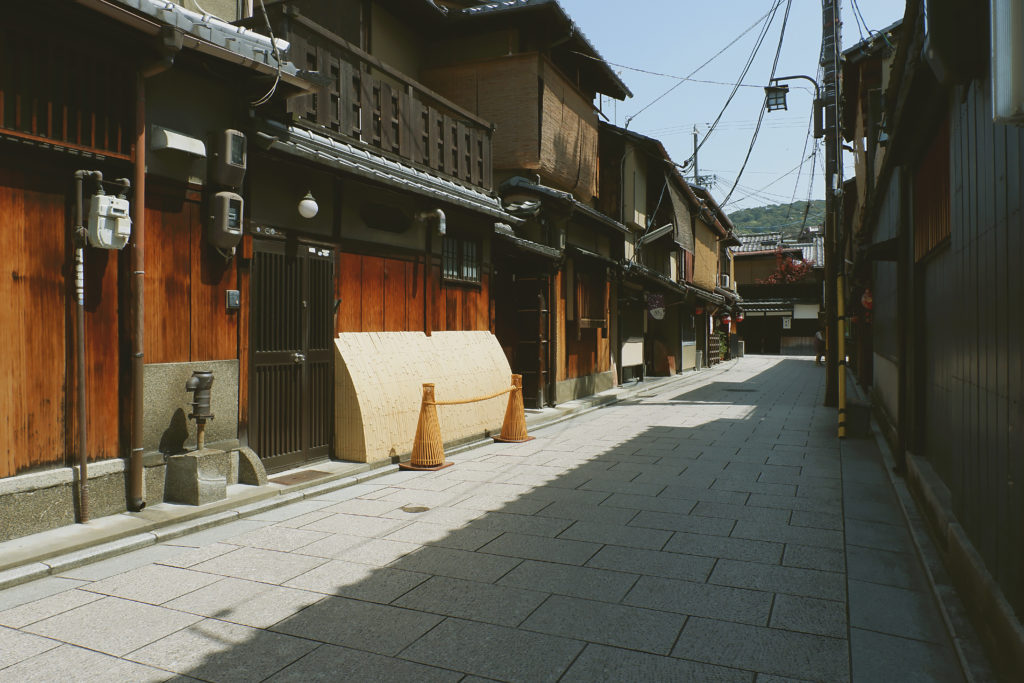
It also hosts a lot of activities that lets you immerse in the district’s colourful history such as watching live traditional dances or performances and participating in tea ceremonies and craft workshops.


Visitors especially young travellers like to stroll the area in full Kimono (Female traditional clothing). There are numerous kimono rental shops in the area so no hard time spotting those. It’s just a matter of finding the best deal among them.
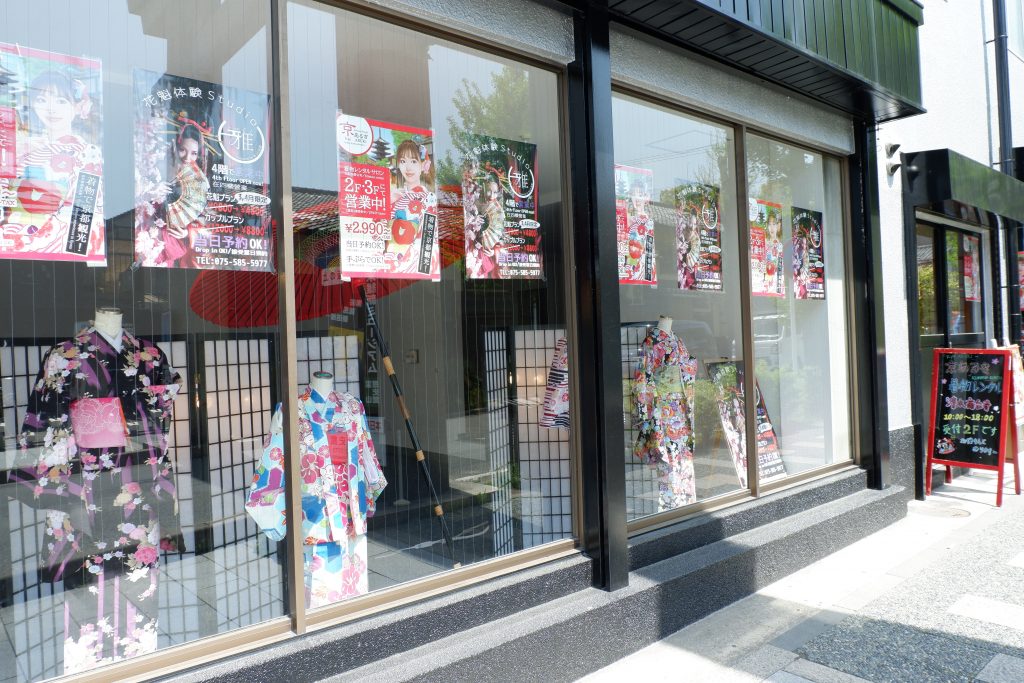
I rented from a shop near Yasaka shrine since I planned on taking most of my photos around the area so I find it convenient. It’s a fun experience looking traditional while immersing in the atmosphere of old Kyoto.
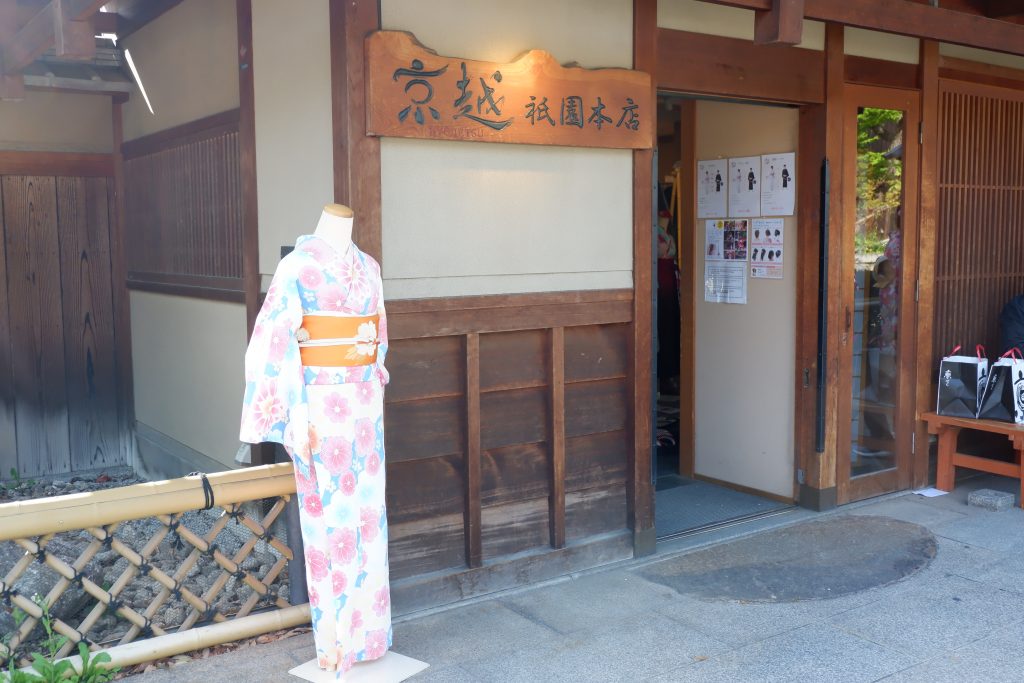
Nara Park + Todaiji Temple
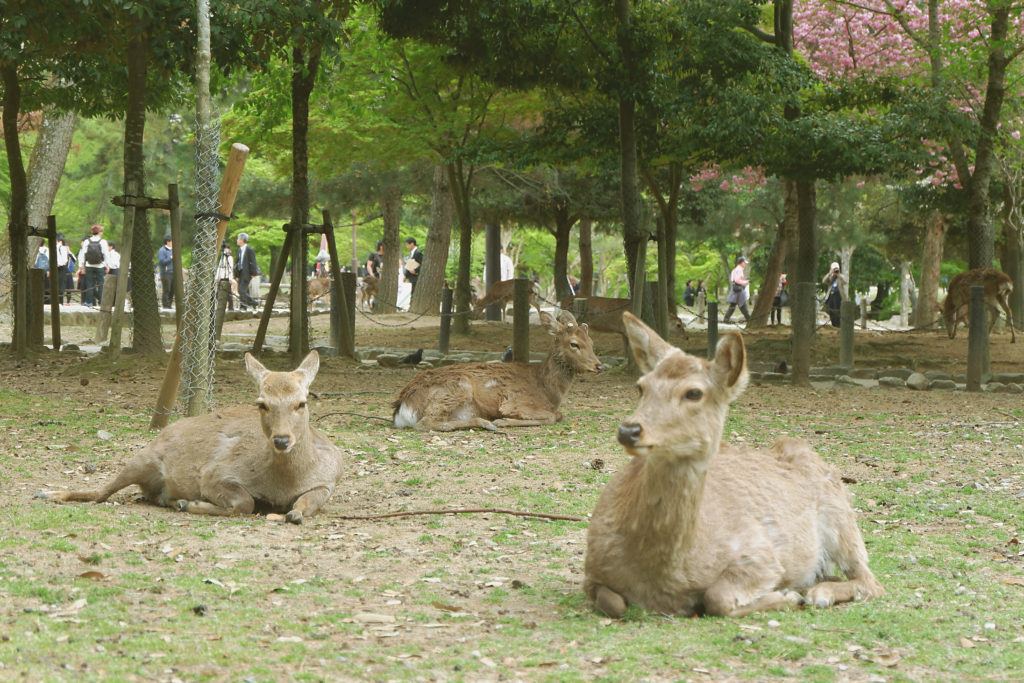
Nara park is located 35 kilometres south of Kyoto and is home to hundreds of freely roaming deers. The deers are considered to be messenger of the gods and is a popular symbol of the city.
These fascinating creatures are so friendly that visitors can even feed them with deer crackers sold in the area.
What’s even more interesting is that they seem to be trained and understand some Japanese words. If you say ‘arigato‘ and bow to them, they bow back at you!

A few walks from the park is Todaiji, a World Heritage Site and is one of the most impressive temples in Japan. It’s most famous building is the Great Buddha Hall considered the largest wooden structure in the world.
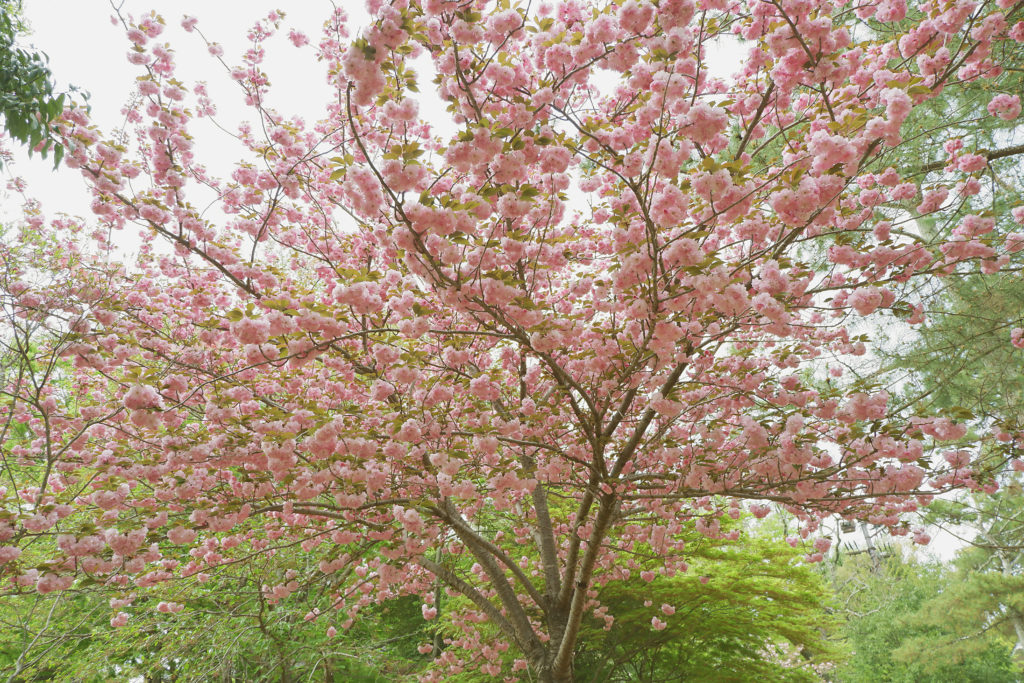
While cherry blossom season was over in Kyoto, I was lucky to catch its last sight in Nara where I was able to take a few good spring pictures!

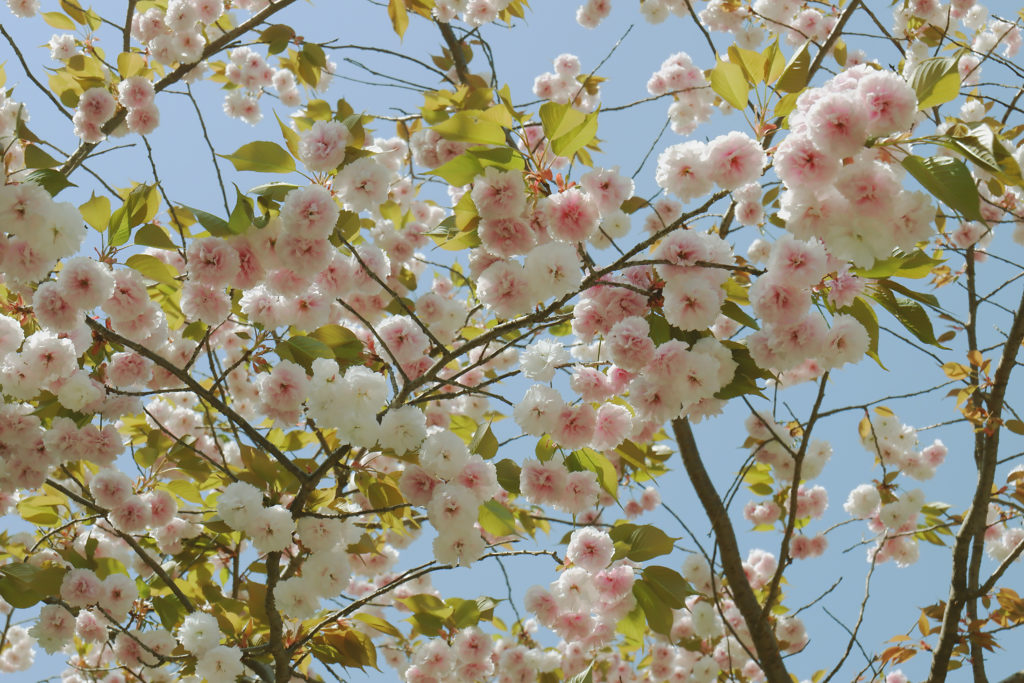

Kasuga Taisha Shrine
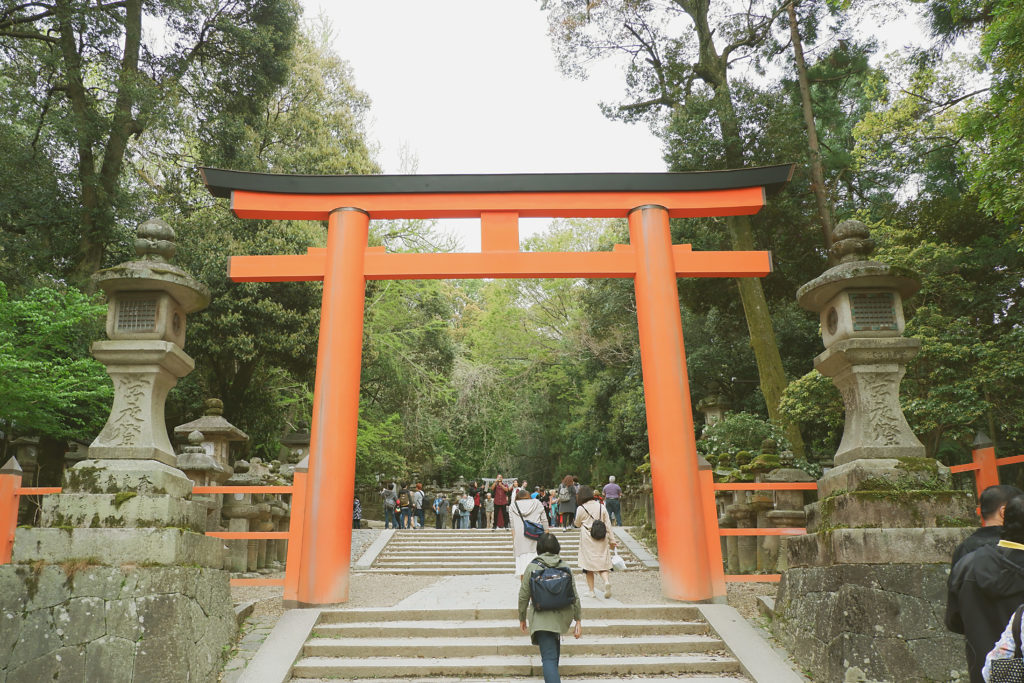
Another UNESCO World Heritage Site, Kasuga Taisha Shrine leads to an atmospheric forest where thousands of stone lanterns are lined up, and hundred more are hanging from the buildings.

Similar to Fushimi Inari’s tori gates, these lanterns are donated by devotees as token of faith and are lit from time to time.
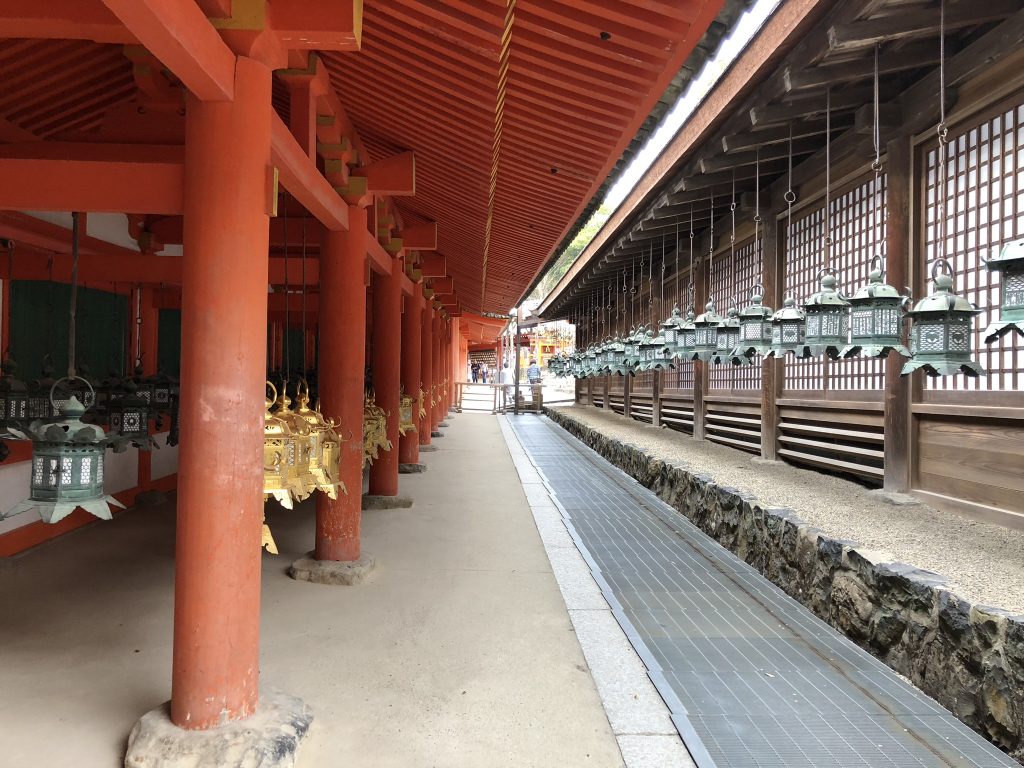
Deers are also freely roaming in the area. Ancient stories tell that the diety Takemi Kajichi no Mikoto have ridden to Nara on a deer hence they were considered sacred animals and helper to gods.

A short walk from the shrine is a garden of various plant species and a dedicated spot for wisteria flowers that gives a sweet fragrant scent. Seeing these flowers made me want to come to Ashikaga Flower Park in Japan.
I can imagine that if I was amazed seeing the small ones here, how wonderful it would be to see bigger and thousands of them in Ashikaga especially in April to May.
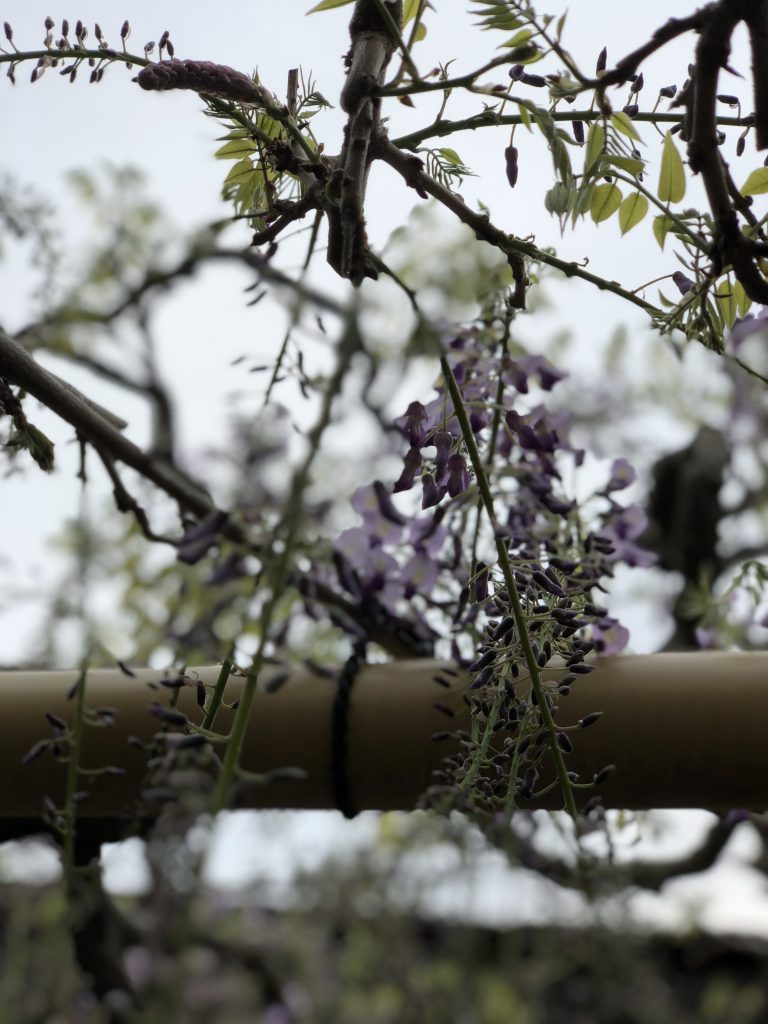
In a nutshell…
My overall experience in Kyoto was amazing especially for its gorgeous natural setting and perfect embodiment of Japanese culture. I’m able to appreciate and learn a bit of their history and beliefs by visiting the shrines and temples. I begin to understand how their love and respect for nature and any living thing is something they acquired from their ancestors up until this day.
For those who prefer culture and nature over cutting-edge modernity, I would recommend to visit Kyoto city as a first glimpse of Japan.


